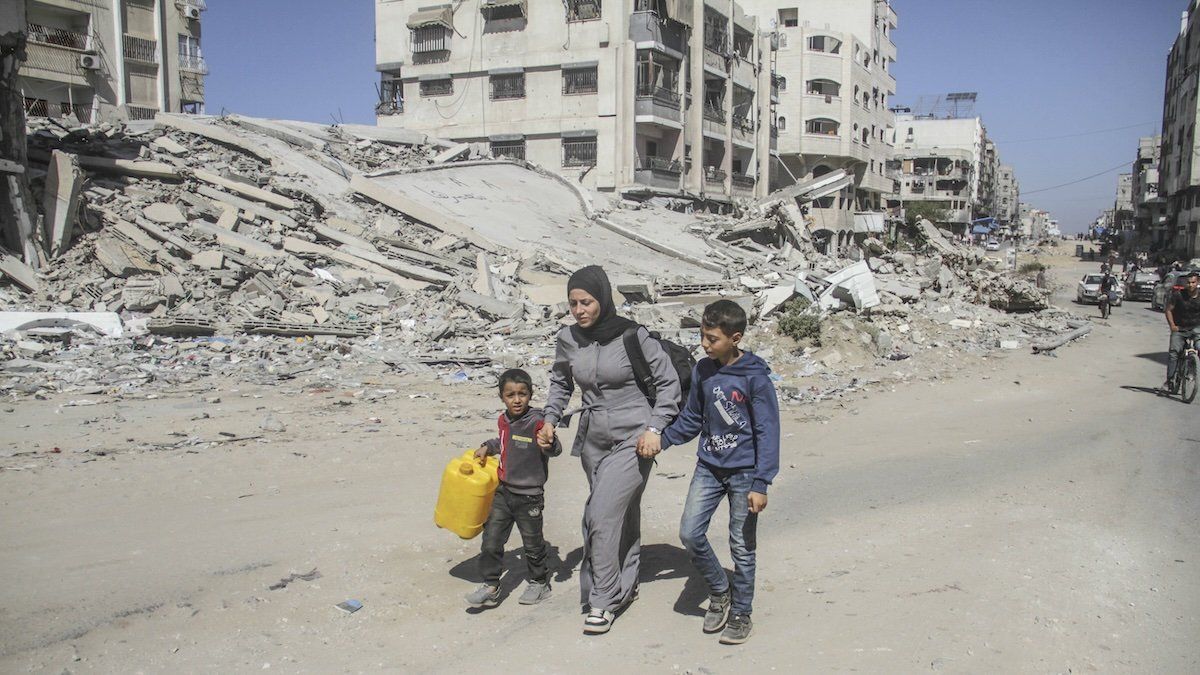Israeli Prime Minister Benjamin Netanyahu is considering a plan to empty northern Gaza of civilians, seal the area off as a military zone, cut off aid, and starve out the remaining Hamas militants. The proposal, put forward by retired generals, is being called the “generals’ plan.”
As Netanyahu mulls over the plan, many Palestinians in northern Gaza are refusing to listen to recent Israeli evacuation orders — fearing that they won’t be able to return. There are also those, such as the sick and disabled, who can’t easily leave their homes. If the generals’ plan is implemented, anyone remaining in the area sealed off by the IDF would be considered a combatant and could be killed.
Laying the groundwork. Based on its recent actions in northern Gaza, the Israeli military already appears to be beginning “an effort to implement the so-called generals' plan,” says Sofia Meranto, a Middle East analyst for Eurasia Group.
Israel launched a new offensive in northern Gaza earlier this month, making it even more difficult to get aid in, and the UN’s human rights office warns that the IDF “appears to be cutting off North Gaza completely.” Top rights groups like Amnesty International are calling on the Jewish state to rescind recent evacuation orders, referring to them as “Israel’s euphemism for forced displacement.”
“A new displacement from northern Gaza or any siege there would only worsen the already devastating humanitarian situation,” says Meranto. “If Israel follows through on the plan in the north, there’s a risk the military would seek to incrementally employ a similar approach across other parts of the Gaza Strip.”
Meanwhile, the Biden administration on Tuesday told Israel that it has 30 days to improve the humanitarian situation in Gaza or the US could place restrictions on military aid. Such warnings from Washington could lead Israel to rethink the generals’ plan, says Meranto.
